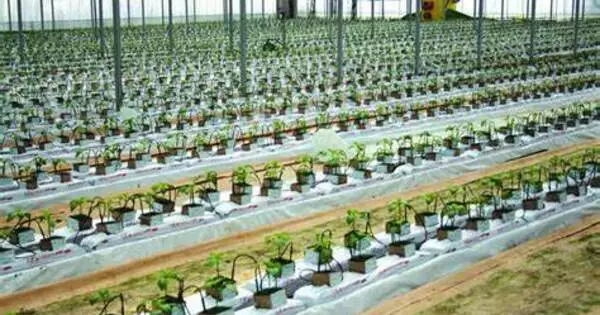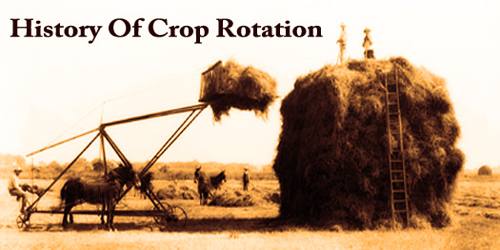The method of cultivating food underground is known as underground farming. Hydroponics, aeroponics, or air-dynamics systems, as well as container gardens, are commonly used in underground farming. Subterranean farming, also known as subterranean agriculture, is the growing of crops and the keeping of livestock in underground habitats. Growth lamps or daylighting systems (like light tubes) are commonly used to supply light. This agricultural strategy was developed and employed for a variety of purposes, including climate control, space optimization, and environmental protection.
Underground farming has the advantage of being independent of the environment above ground. As a result, a hot or cold climate is more bearable underground. Additionally, potential air pollution gases can be screened more easily. There is a lot of space beneath the ground. As a result, subsurface farming could be part of the solution to increased food security.
Here are some key aspects of underground farming:
- Climate Control: When opposed to above-ground farming, underground habitats provide greater temperature and humidity management. This is especially useful in severe conditions like arid regions with blazing heat or icy areas with hard winters. The constant subsurface temperature can aid in lengthening the growing season and protect crops from harsh weather.
- Space Optimization: It enables the effective utilization of land resources. Going underground can maximize food production without requiring enormous swaths of surface land in heavily populated urban areas or places with little arable land.
- Protection from Pests and Diseases: It can reduce the exposure of crops and livestock to pests and diseases that often plague traditional farming methods. The controlled environment can limit the entry of pests and provide a more sanitary setting.
- Energy Efficiency: Underground farms can be designed with energy-efficient systems for lighting, heating, and cooling. Natural light can be directed underground using fiber optic cables or mirrors, and energy-efficient LED grow lights can supplement sunlight. The surrounding soil provides insulation, reducing the need for heating and cooling.
- Water Efficiency: Underground farms can use modern water management techniques such as hydroponics or aquaponics to reduce water consumption. Water recycling and filtration technologies can be combined to maximize available resources.
- Sustainability: Subterranean agriculture can be more resource-efficient because it uses fewer pesticides, herbicides, and fertilizers. Furthermore, it has the potential to minimize transportation costs and carbon emissions related to food distribution.
Challenges
Underground farming poses additional obstacles, such as the requirement for sufficient ventilation, lighting, and environmental control systems. Construction and upkeep costs can be significant, and certain crops or livestock species may not survive in underground settings if not properly adapted.
Examples
Around the world, there are several examples of subsurface farms and infrastructure. For example, the “Growing Underground” farm in London, UK, produces herbs and microgreens in a former World War II air-raid shelter. Similarly, in Clapham, London, the “Zero Carbon Food” farm grows salad greens and herbs in an underground tube. These facilities demonstrate the viability of urban subsurface farming.
To summarize, subterranean farming is a novel approach to agriculture that provides climate-controlled, space-efficient, and potentially sustainable food production alternatives. It has the ability to help address food security issues while also lowering agriculture’s environmental effect.
















